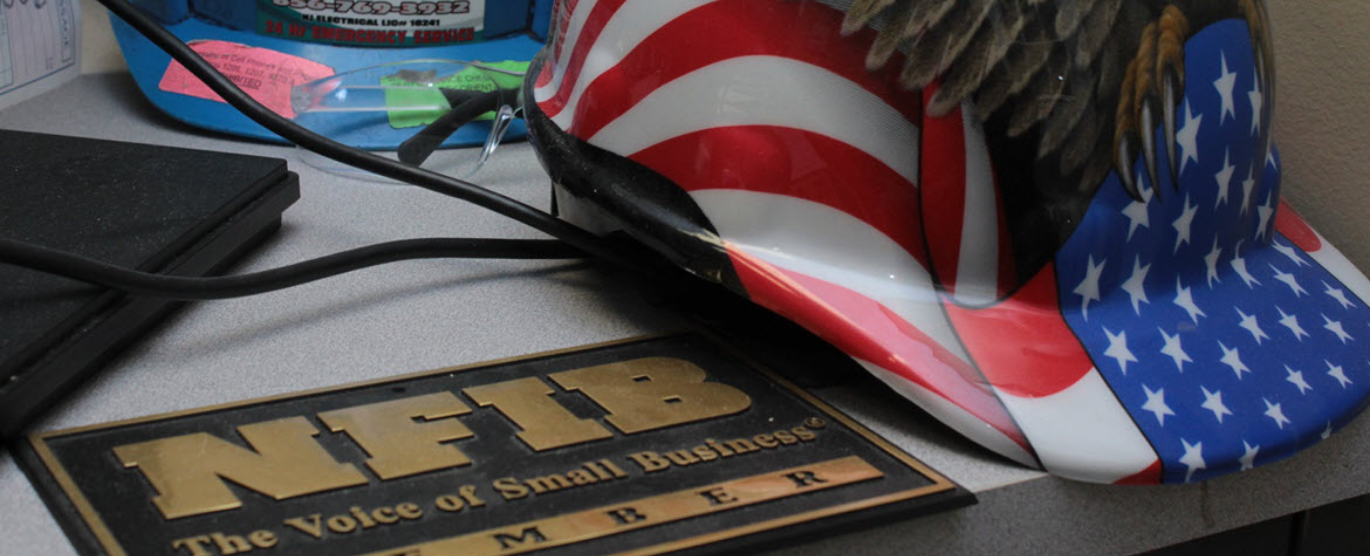How long do furnaces last and how long will they stay efficient? Whether you’ve purchased a home or recently replaced an existing furnace, you may be wondering about its lifespan. Like anything, over time your system will lose efficiency and will need to be replaced—but establishing that life expectancy isn’t always so cut and dry.
So, how many years can you expect to get out of your new or old furnace, and how do you know where your old system falls on the spectrum? Read on below to learn more.
How Long Do Furnaces Last?
Average Lifespan of a Furnace
The average lifespan of a gas furnace typically falls between 15 and 20 years. Now, that’s not to say that yours may not go on to 30 or higher (though that’s rare). However, you can pretty much count on getting at least 15 years out of your furnace before thinking about replacing it.
By ensuring your furnace has yearly maintenance and inspections, you can help extend its lifespan well beyond that 15-year mark. Taking care of your system will help buy you it more time and keep it in good working condition.
However, at some point, time will catch up to your system, and instead of asking how long do furnaces last, you could be asking how to know if yours needs replacing. Keep reading to learn more.
Signs Your Furnace May Need Replacing
- Age: So, we’ve got the obvious out of the way. You already know that if your system is between 15 and 20 years old, it’s generally in the period of time where the system will start to show its age. But sometimes, age is just a number. There are more signs to pay attention to.
- Loud, unusual noises: If your furnace is suddenly making unusual noises during standard operation, it may be a sign of your system starting to fail. You may hear popping, rattling, screeching, humming, or clicking. These can be caused by temperature changes, loose equipment, a damaged motor, delays in ignition, and more.
- Temperature fluctuations: Are you experiencing temperature fluctuations? Sudden changes in temperature through different rooms of your home can also point to trouble for your furnace.
- Visible soot: If you notice soot collecting around your furnace register or vents, it can be a strong indication that your furnace is producing too much carbon dioxide and that your furnace is on its way.
- Yellow flames instead of blue: A new furnace, or one in good working condition, will produce a clean blue flame to heat your home. If your system is producing yellow flames, it may be a sign that the furnace is producing carbon monoxide. It may also be a sign of a dangerous gas leak. If you notice yellow flames accompanied by a gas odor, immediately vacate the premises and give us a call: 856.769.3932.
Ongoing maintenance can certainly extend the life of your furnace and help buy more time before making a big purchase. However, if you’re looking for a new furnace for your home, we offer affordable financing and quick installation so you won’t have to worry about a poor-performing system.
Contact us today to learn more about home heating repairs, installations, financing, and more!




